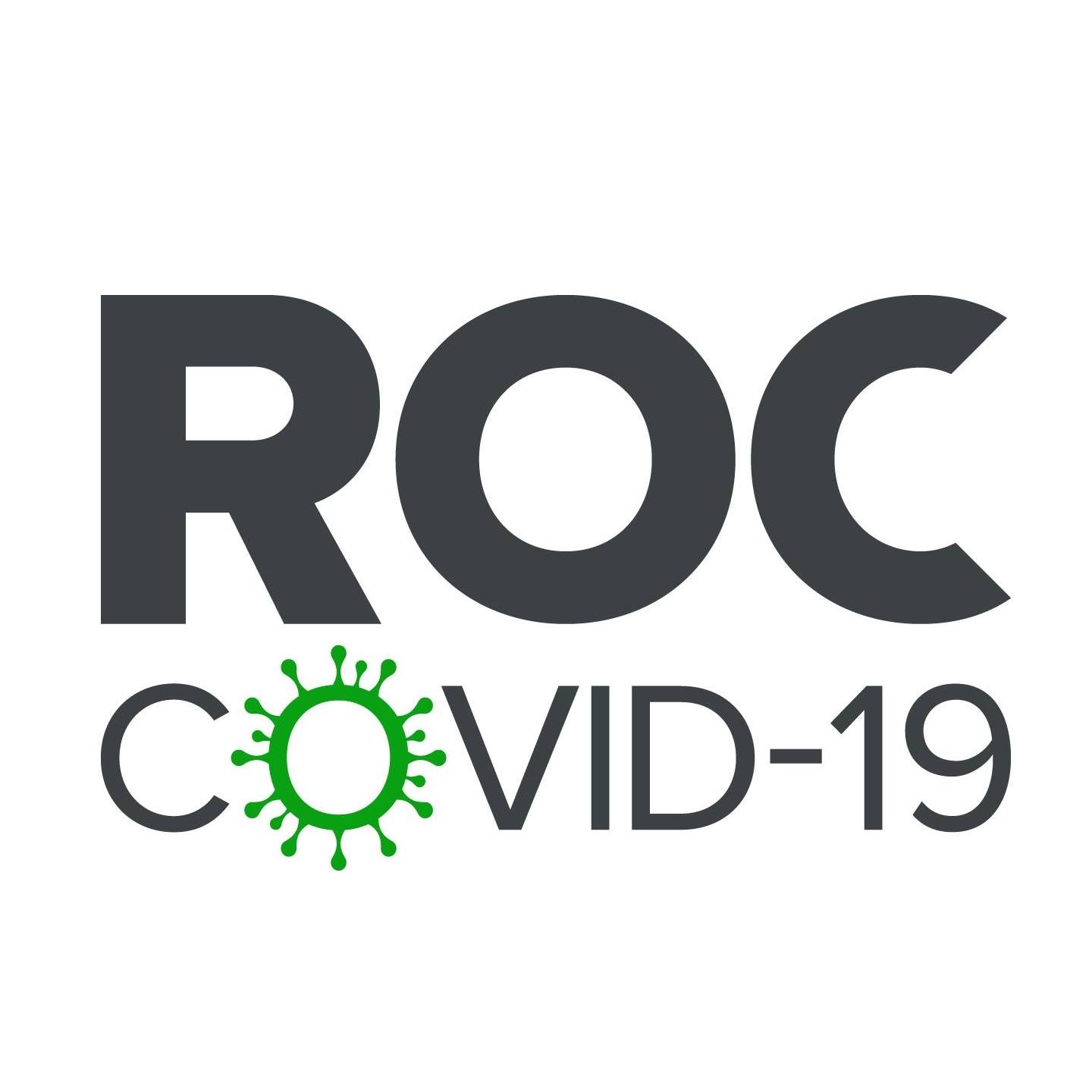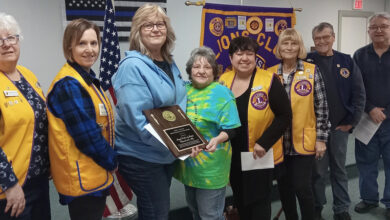Initial results from the region’s COVID-19 symptom tracker released
Officials encourage residents to join those who have already signed up

Thanks to more than 930,000 daily screens submitted over the past two months, the region’s ROC COVID symptom tracker is now able to share trend data on the prevalence of COVID-19 symptoms.
The news, at least for now, is good. For the past month, symptom reports have remained at one percent, down from two percent in early May when the project launched.
The symptom rate is based on answers to a daily ROC COVID text or email asking if participants are experiencing a fever, a cough, chills or other coronavirus symptoms. As of July 23, more than 23,800 residents had signed up for the daily screening tool, which aims to detect COVID-19 hotspots before the virus spreads.
The low level of reported symptoms indicates that residents are doing all the right things in our region, according to public health officials. People are wearing masks, continuing to physically distance, and washing hands frequently.
“We are still learning a lot about this pandemic. The more data we collect, the better we will understand how to prevent the spread of the virus in our region,” said Dr. Michael Mendoza, commissioner of public health for Monroe County. “The release of the ROC COVID trend data is a milestone, and I truly hope it encourages even more people to make the symptom tracker a small part of their daily routine.”
Along with the symptom rate, public health officials rely on test results, hospitalizations, intensive care usage, and other measures to monitor and respond to the virus. These indicators are critical for ensuring adequate resources and contact tracing, but there is an inevitable lag between when a person starts to feel unwell and when they get tested or end up in the hospital.
That’s where symptom tracking steps in. ROC COVID aims to detect a rise in COVID-19 cases sooner than is possible by testing alone.
“We have said all along that slowing the spread of COVID-19 is going to take a community effort,” said Monroe County Executive Adam Bello. “While it is still early and much of this data is preliminary, these results are further proof that Monroe County and Finger Lakes residents have come together to flatten the curve and ensure that our healthcare resources are not stretched beyond their capacity. But our work is not yet complete, and widespread regional participation in the ROC COVID symptom tracker remains a critical piece in our efforts to mitigate the impact of the virus.”
ROC COVID is “a watchtower for coronavirus,” said Wade Norwood, chief executive officer of Common Ground Health, the region’s health research and planning organization. “If you see smoke, you don’t wait until the forest is in flames to call for help. When we see symptoms, the goal is to direct public health resources such as testing and education to neighborhoods at risk before the virus spreads.”
To sign up for ROC COVID, learn more, and see a dashboard with symptom trends and participation by county, visit RocCOVID.org.
ROC COVID is a collaborative initiative of local governments, UR Medicine, Rochester Regional Health, and Common Ground Health. The project covers the 13 Finger Lakes counties of Allegany, Chemung, Genesee, Livingston, Monroe, Ontario, Orleans, Schuyler, Seneca, Steuben, Wayne, Wyoming, and Yates.
Provided information



